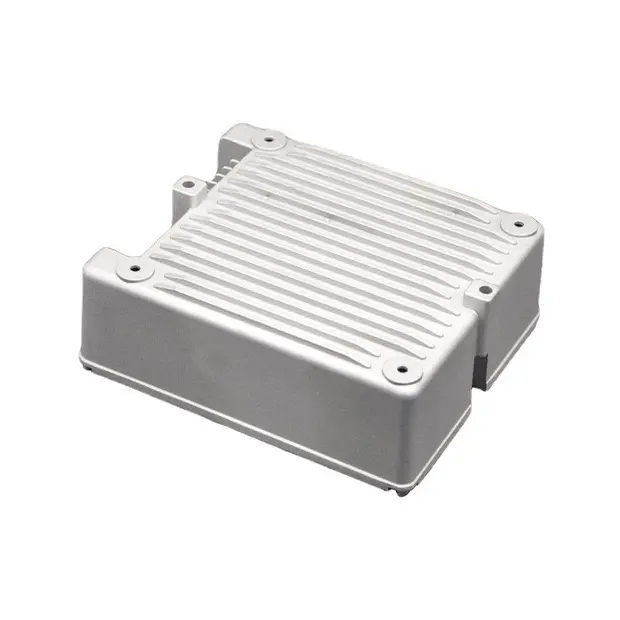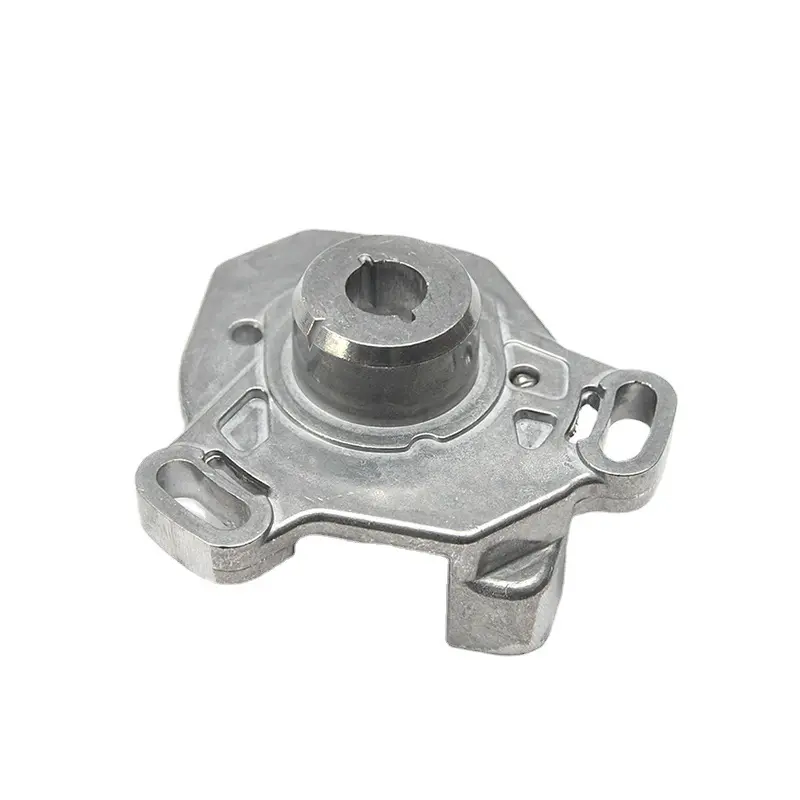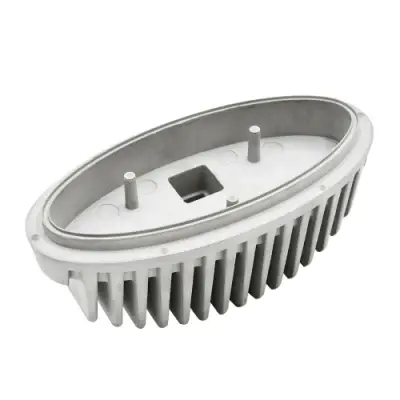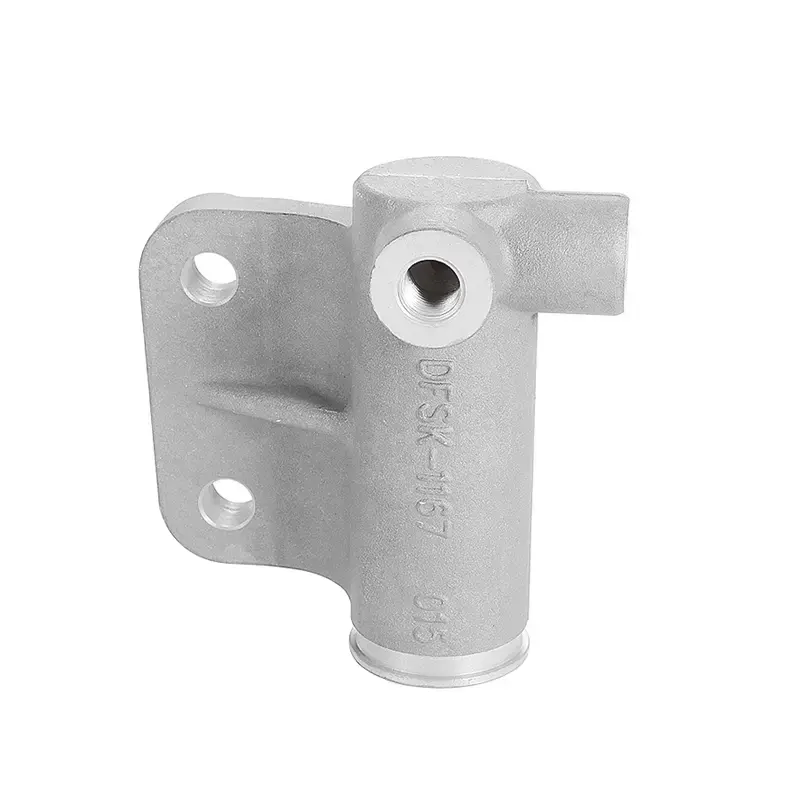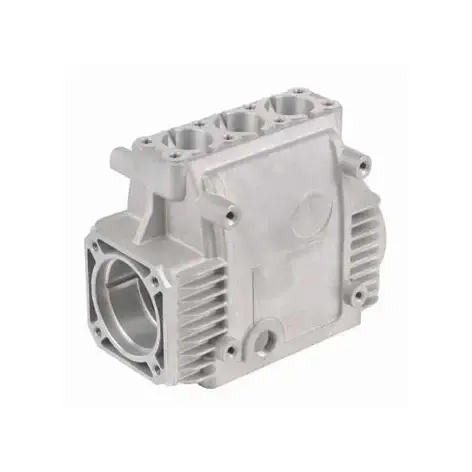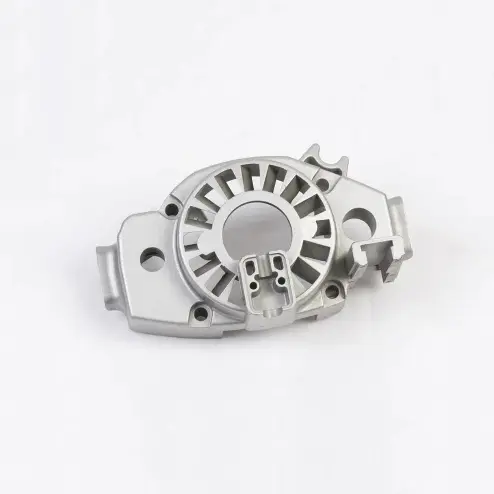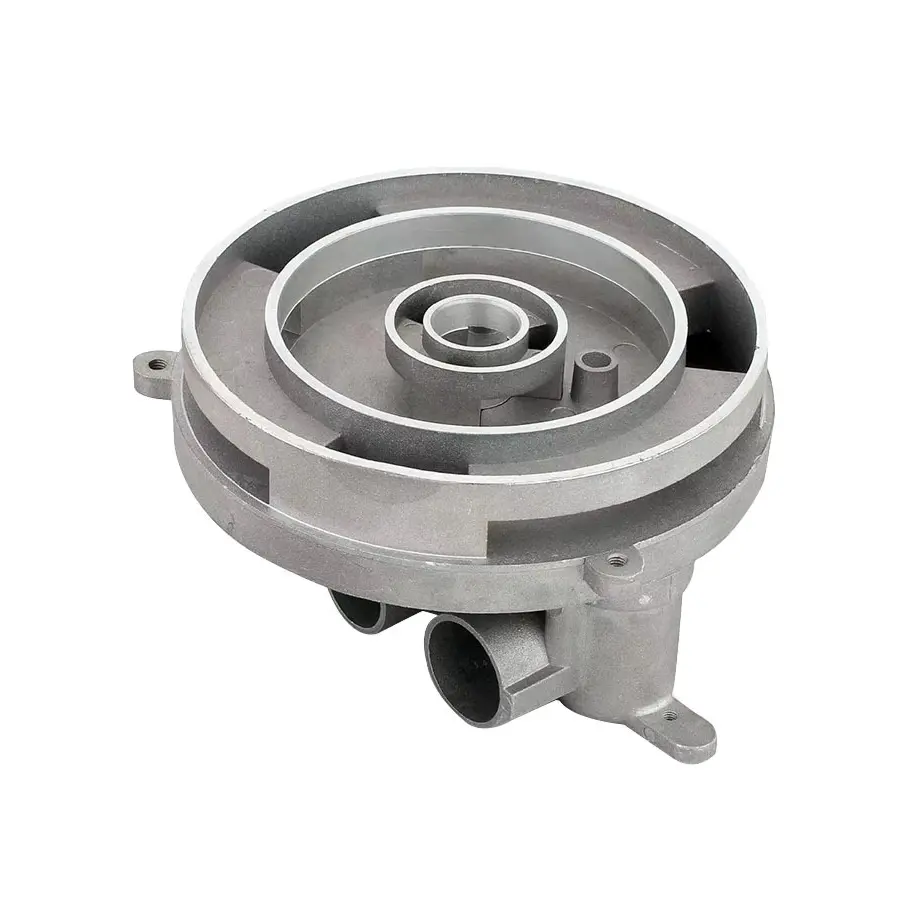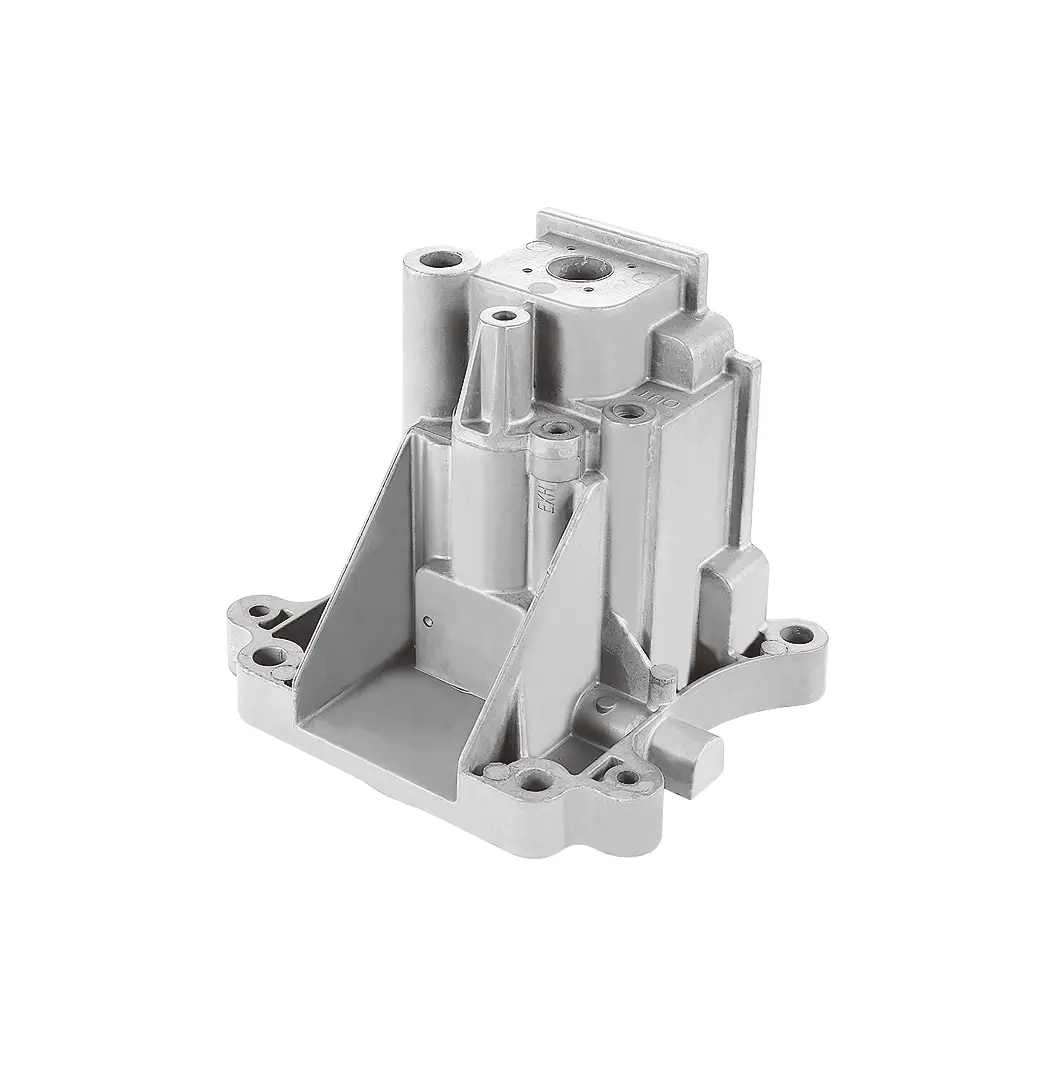 +86-13516964051
+86-13516964051 Environmental advantages of aluminum alloy high pressure casting process
Environmental advantages of aluminum alloy High Pressure Casting process
Against the backdrop of increasing global attention to environmental protection and sustainable development, all walks of life are actively seeking solutions for green manufacturing. As an advanced metal forming technology, aluminum alloy high pressure casting process not only meets the high efficiency and precision requirements of industrial production, but also demonstrates significant environmental advantages, making it increasingly popular in the international market. Especially for international wholesale buyers, understanding these advantages will help them better grasp market trends and make purchasing decisions that meet environmental protection requirements and the long-term interests of the enterprise. The following is a detailed analysis:
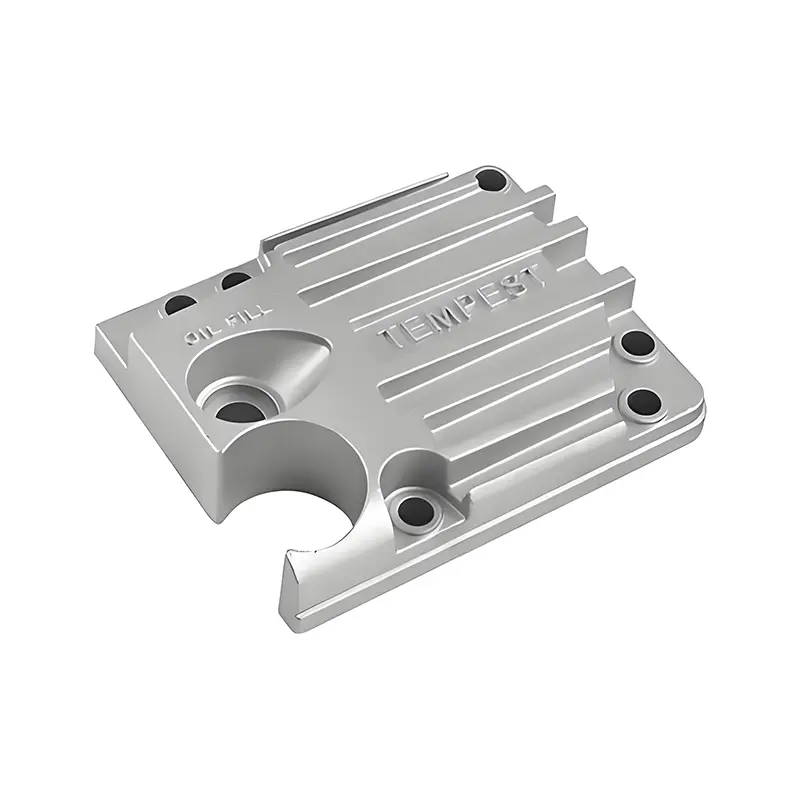
I. Sustainable utilization of raw materials
(I) Wide application of recycled aluminum
Reducing resource mining pressure: Aluminum alloy high pressure casting can use a large amount of recycled aluminum. Compared with the production of primary aluminum, the preparation of recycled aluminum only consumes about 5% of the energy of primary aluminum production, greatly reducing the mining of natural resources such as aluminum ore, and effectively protecting the ecological environment and mineral resource reserves. For example, many auto parts manufacturers use 30% - 50% recycled aluminum in the aluminum alloy high pressure casting process, which not only reduces production costs, but also reduces land damage, soil erosion and other problems caused by aluminum ore mining.
Reduce carbon emissions: The carbon emissions in the production process of recycled aluminum are much lower than those in the production of primary aluminum. The production of primary aluminum involves complex processes such as electrolysis, which will produce a large amount of greenhouse gases such as carbon dioxide. The smelting and processing of recycled aluminum are relatively simple, with low energy consumption. Every ton of recycled aluminum produced can reduce about 6 tons of carbon dioxide emissions compared to primary aluminum, which is of great significance to mitigating climate change.
(II) High material utilization rate
Precision molding: Aluminum alloy high-pressure casting can achieve high-Precision Casting molding, and the material utilization rate is high. Since the process injects aluminum liquid into the mold cavity under high pressure, the size and shape of the casting can be precisely controlled, reducing the allowance for subsequent processing. Compared with traditional casting processes, material waste can be reduced by 20% - 30%, which means that less raw materials are required to produce the same quantity and quality of products, thereby avoiding the environmental burden caused by excessive consumption of raw materials.
Recycling and reuse of scraps: The scraps generated during the production process of aluminum alloy high-pressure casting can be easily recycled and put back into production. After simple processing such as crushing and smelting, these scraps become raw materials for casting again, further improving the overall utilization rate of materials, reducing the generation of industrial solid waste, and realizing the recycling of resources.
2. Reduction of energy consumption
(I) Energy-saving process
Short process production: The aluminum alloy high-pressure casting process is relatively simple and the production process is short. Compared with some traditional metal processing processes, from raw material preparation to the output of finished castings, there is no need to go through cumbersome multiple processes and long-term heat treatment, thereby reducing energy loss in the entire production process. For example, some aluminum alloy parts with complex shapes are formed in one step by high-pressure casting, avoiding the equipment operation energy and auxiliary material consumption required for multiple cutting processes in mechanical processing.
Efficient smelting technology: Advanced smelting equipment and processes are widely used in aluminum alloy high-pressure casting, which improves smelting efficiency and reduces energy consumption. For example, the induction melting furnace has a fast heating speed and high thermal efficiency, which can quickly melt the aluminum raw materials and maintain them at a suitable casting temperature. Compared with traditional oil or gas smelting furnaces, the energy utilization rate of induction smelting furnaces can be increased by 30% - 40%, while reducing waste gas emissions caused by incomplete combustion.
(II) Waste heat recovery and utilization
Smelting waste heat: A large amount of waste heat is generated during the smelting process of aluminum alloys. By installing waste heat recovery devices, such as heat exchangers, the waste heat in the high-temperature flue gas discharged from the smelting furnace can be recovered and used to preheat the aluminum raw materials to be smelted or for heating in the workshop. This not only reduces the heat loss caused by the direct discharge of high-temperature flue gas, but also reduces the heating energy consumption of the workshop and improves the comprehensive energy utilization rate of the entire production process.
Die-casting machine waste heat: During the operation of the die-casting machine, its hydraulic system, motor and other components will generate a certain amount of heat. Some modern aluminum alloy high-pressure casting workshops recover the waste heat of the die-casting machine and use it for mold preheating or hot water supply in the workshop. For example, the heat discharged from the hydraulic oil radiator of the die-casting machine is used to heat the mold, so that the mold can maintain a suitable temperature during the production process, reduce the problems of excessive cooling of the aluminum liquid and poor molding caused by the low mold temperature, and at the same time reduce the demand for other heating energy.
3. Reducing waste emissions
(I) Reduction and treatment of waste slag
Improvement of refining technology: The use of new refining technology and refining agents can effectively reduce the amount of slag generated during the aluminum alloy smelting process. For example, the use of chlorine-free refining agents instead of traditional chloride salt refining agents not only avoids a large amount of aluminum ash and other waste generated during the chloride salt refining process, but also reduces energy consumption and environmental pollution risks during the refining process. These chlorine-free refining agents can more effectively remove impurities and gases in the aluminum liquid through chemical reactions, improve the purity of the aluminum liquid, and reduce the generation of waste products caused by excessive impurity content.
Waste slag recycling: For the small amount of waste slag generated, valuable metal components can be extracted from it for reuse through a special recycling and processing system. For example, recycling aluminum and other valuable metals from aluminum ash can not only reduce the final emission of waste, but also reduce the demand for primary metal resources, thus realizing the recycling of resources and the reduction of waste.
(II) Control and treatment of waste gas and wastewater
Waste gas treatment: The waste gas generated during the high-pressure casting of aluminum alloys mainly includes smelting smoke, die-casting waste gas, etc. Modern foundries are equipped with efficient waste gas treatment equipment, such as bag filters, electrostatic precipitators, activated carbon adsorption devices, etc. These equipment can effectively remove pollutants such as particulate matter and harmful gases in the waste gas, so that the discharged waste gas meets strict environmental protection standards. For example, the bag filter can capture more than 99% of the smelting smoke, greatly reducing the pollution of dust to the atmospheric environment.
Wastewater treatment: In certain links of aluminum alloy high-pressure casting, such as mold cooling and aluminum liquid temperature measurement, a small amount of wastewater will be generated. By building a complete wastewater treatment system and carrying out sedimentation, filtration, chemical treatment and other processes on wastewater, harmful substances such as oil, heavy metal ions, etc. in wastewater can be removed, so that the treated wastewater can be reused in the cleaning and cooling processes of the workshop, reducing the amount of fresh water and the amount of wastewater discharged. At the same time, the wastewater after deep treatment can also be discharged after meeting the relevant standards, avoiding pollution to the surrounding water environment.
4. Overall improvement of environmental quality
(I) Reducing land occupation and pollution
Production site optimization: Due to the high efficiency and high precision of aluminum alloy high-pressure casting process, large-scale production can be achieved in a relatively small production site. Compared with some traditional casting processes, it does not require a large amount of land to arrange numerous production equipment and molds. This helps to reduce the occupation of industrial land, protect land resources and ecological environment, and reduce the damage to surrounding natural vegetation, ecosystems, etc. caused by land development.
Reduce soil pollution risk: During the aluminum alloy high-pressure casting process, strict management of raw materials and advanced production processes effectively reduce the risk of harmful substances leaking into the soil. At the same time, the company has further prevented soil pollution caused by leakage of liquids such as aluminum liquid and coolant by strengthening the anti-leakage treatment of the workshop floor and other measures, and protected the soil environmental quality around the factory area.
(II) Improve the working environment of the workshop
Reduce noise pollution: The new aluminum alloy high-pressure casting equipment adopts advanced noise reduction technology and design, such as sound insulation cover, shock-absorbing pad, etc., which greatly reduces the noise level during the operation of the equipment. Compared with traditional casting equipment, the noise can be reduced by 10-20 decibels, creating a quieter and more comfortable working environment for workshop workers, reducing the impact of noise on workers' physical and mental health, and improving production efficiency and work quality.
Reduce dust and harmful gas hazards: The efficient exhaust gas treatment system and good workshop ventilation facilities effectively reduce the dust concentration and harmful gas content in the workshop. This not only reduces the harm to the workers' respiratory system and reduces the risk of occupational diseases, but also improves the air quality in the workshop, making the workers' working environment cleaner and more hygienic, in line with the requirements of modern environmental protection and occupational health.
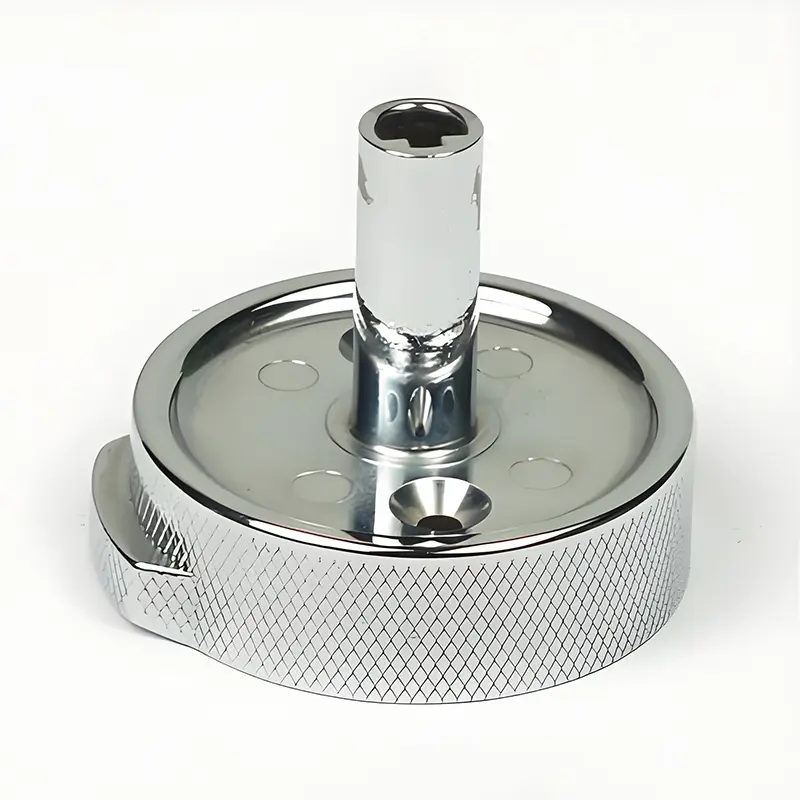
In summary, the aluminum alloy high-pressure casting process has demonstrated significant environmental advantages in many aspects such as raw material utilization, energy consumption, waste emissions and impact on the overall environmental quality.








